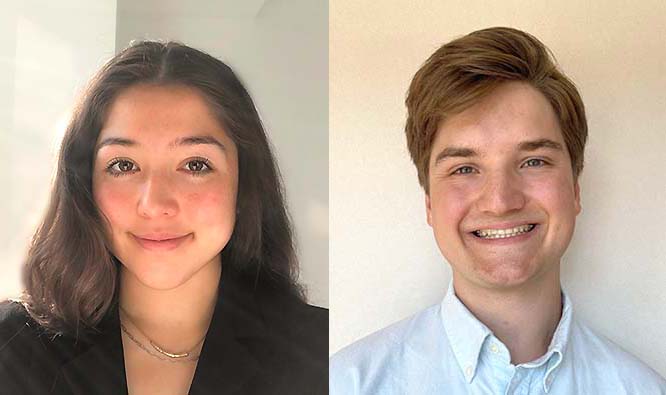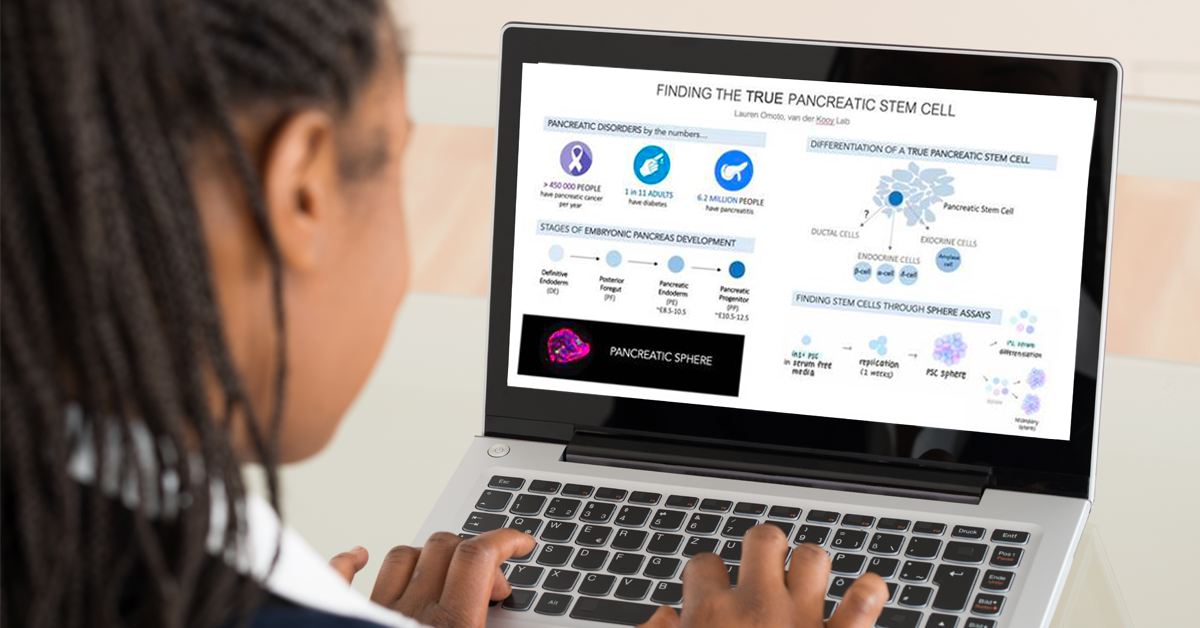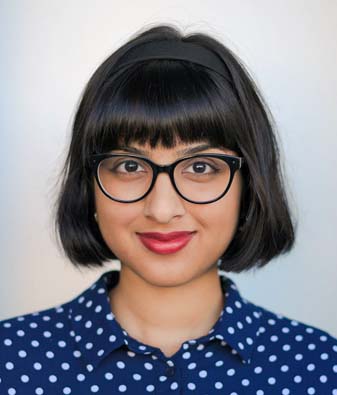Watching, listening and reading: undergraduates spend a lot of time doing all three. But an ongoing initiative at the Faculty of Arts & Science encourages second and third-year students to take an even more active part in their learning.
The Research Opportunities Program (ROP) enables students to participate in a professor’s research project for course credit, and culminates in students presenting their research findings at special mini-conferences — known as poster fairs — designed especially for the purpose. The fairs also allow students to develop networking skills and share advice about their research journeys with other undergraduates.
Currently there are two ROP poster fairs, held in the spring and fall. Held on September 29, the fall edition showcased 44 projects from a wide variety of disciplines, with the aim of presenting findings from research undertaken over the summer.

This year, participants used posters as well as videos as tools to communicate their research. “It’s not only an incredible opportunity for students to share the work they’ve been doing, but one that allows those without any research experience to learn about the kinds of projects that might interest them,” says poster fair coordinator Sania Hameed, an experiential learning officer with the Faculty.
The recent fair was held virtually, and attendees used the SpatialChat platform to navigate their way among presentations on psychology, poetry, chemistry, agriculture, physiology and a wide variety of other topics. The platform permits users to move easily between presentations by means of roving avatars.
“People really like it — it’s such a great way to emulate that in-person experience of dropping by a poster,” says Hameed. “Our feedback showed that it really supported visitors in being able to engage with each other, not only in their learning but in making connections as well.”

Now in her second year, life sciences student Lauren Omoto is a member of University College. She relished the chance to present research she’s been conducting in the lab of Derek van der Kooy, a professor of medical genetics and microbiology. “I’ve always had an interest in molecular biology,” she says, “and I’ve been really excited to work with stem cells, because of all the therapeutic advances being made in that area.”
Along with other researchers, Omoto is trying to find a pancreatic stem cell that differentiates into three lineages — endocrine, exocrine and ductal. This would be deemed a “true” stem cell, one that could assist in the repair of pancreatic tissue injured by disease or other forms of trauma. “Thus far we’ve seen co-localization of two out of the three cells, which is very encouraging,” she says.
I didn’t expect to be working in a lab this early, and on such an interesting project. And I’m really grateful to know that presenting my research and findings could kickstart opportunities for others.
Currently pursuing a double major in global health and bioethics, second-year student William Wynne gave a presentation entitled “The Obesity Epidemic and Urban Agriculture: Possibilities for Systemic Change in Canada.”

“I decided to look at different socioeconomic communities, and analyze how we can improve health outcomes within them,” says Wynne, a member of Trinity College. “I examined urban agriculture’s potential for doing that, and for reducing expenditures in the Canadian health care system.” He explored how healthy food choices and the cultivation of measures such as community gardens could assist with these objectives.
Wynne says that events such as the ROP Poster Fair are critical showcases for fresh new ideas emanating from undergraduate research. “You can learn in two ways,” he says. “In the first, you just take it all in. But I believe that undergrads also need to voice their own thoughts and opinions, and to nurture creative thinking and skills like public speaking. With the ROP, not only do you get to build knowledge — you get to build confidence that you can carry on to graduate school or the professional world.”;
Omoto agrees. “I didn’t expect to be working in a lab this early, and on such an interesting project,” she says. “And I’m really grateful to know that presenting my research and findings could kickstart opportunities for others.”

